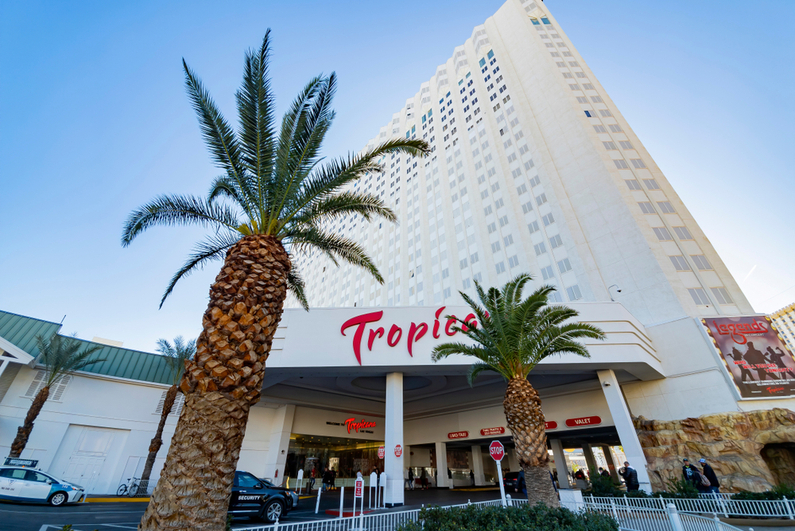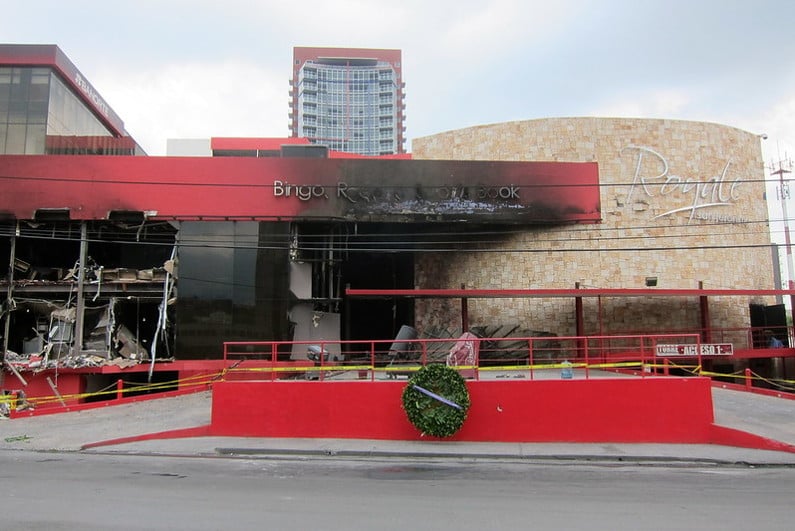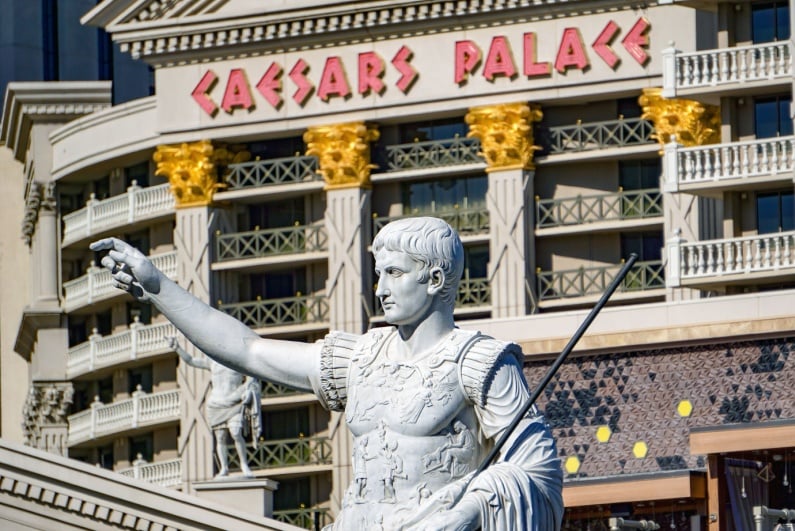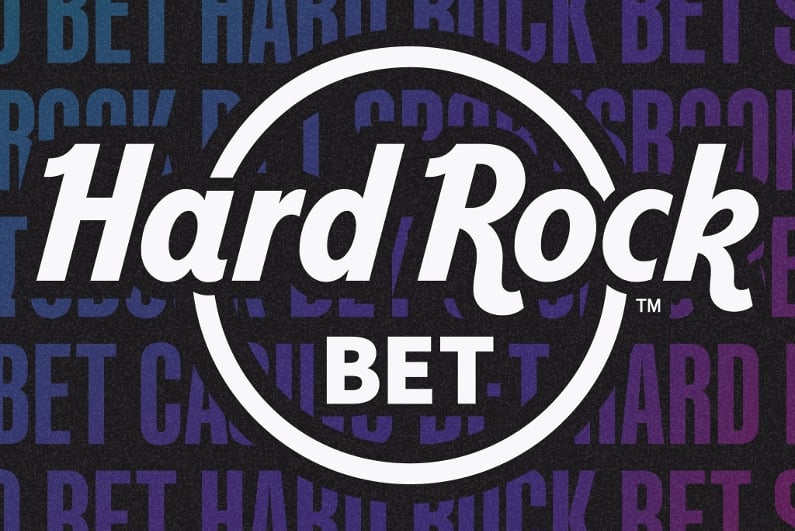GLPI still owns the land
In a deal that the company’s chief executive describes as “complex,” Gaming and Leisure Properties, Inc. (GLPI) has agreed to sell the Tropicana Las Vegas Hotel and Casino to Bally’s Corporation for $150m. The transaction includes just the non-land real estate; GLPI will keep the land on which the Tropicana is built. Bally’s is also taking over Penn National’s remaining equity interest in the Tropicana. Penn National is the Trop’s current operator.
With GLPI holding on to the land, Bally’s will enter into a 50-year lease for its new property, paying GLPI $10.5m per year. This leaseback arrangement has been the norm in casino transactions over the last few years, though in most other cases, it is the property seller paying rent for the casino in order to continue operating it. Here, Bally’s will own the casino, but pay rent for the land. It is expected that Bally’s will also operate the Tropicana.
Landing a preeminent spot on the Las Vegas Strip is a key step for us.”
Bally’s president and CEO George Papanier hit on one of the most attractive parts of the purchase, saying: “Landing a preeminent spot on the Las Vegas Strip is a key step for us,” adding that the company will look into “significant redevelopment of the property.”
GLPO chairman and CEO Peter Carlino called the deal a “win-win,” adding: “….our conversion of the Tropicana into an income producing ground lease solidifies the value creation that we hoped for in originally structuring the transaction with Penn National.”
Bally’s selling other casinos to GLPI
But the Tropicana Las Vegas is not the only casino involved in the transaction, hence why Carlino called it “complex.” Bally’s is sending casinos back the other direction, selling the real estate assets of its casinos in Black Hawk, Colorado and Rock Island, Illinois to GLPI. The total sales price for the properties is $150m, so it is effectively an even swap from a dollars standpoint. In fact, in Tuesday’s press release, Bally’s said that it will not have to pay any cash at closing.
Bally’s will continue to operate the casinos, renting the properties from GLPI for $12m per year, a figure which may increase down the road.
Additionally, Bally’s has given GLPI the right of first refusal to fund any of Bally’s efforts to buy or develop properties in Michigan, Maryland, New York and Virginia. Any deal would involved a seven-year leaseback arrangement.
On top of all that, if Bally’s uses any of GLPI’s money to pay for its purchase of Gamesys Group, GPLI could possibly acquire “additional assets.”
GLPI bought Tropicana last year
Tuesday’s announcement comes just a year after Gaming and Leisure Properties bought the Tropicana Las Vegas from Penn National Gaming for $307.5m. Penn National continued to operate the Tropicana in a leaseback arrangement, though in a twist, the company accepted payment in the form of about a half a year of rent credits.
Per the terms of the sale, Penn National would operate the Trop for two years or until it is sold again, which has obviously now happened. As much as 75% of the sales proceeds over $308m would go to Penn National, but the sales price was only about half that.
That $308m figure is interesting, as Bally’s values the entire transaction with GLPI at exactly $308m. This is almost certainly not a coincidence, possibly structured in such a way, particularly if no cash exchanges hands, so as to benefit GLPI in regards to taxes. In the end, it looks like GLPI’s purchase of Bally’s was a longer play to gain an income-producing property while acquiring other casinos.




